In recent years, the arrival of festivals in India has increasingly coincided with a surge in political heat. Political leaders majorly from the ruling party begin to make communal remarks, which sparks a cycle of accusations and counter-accusations among political leaders and public figures of different political parties, which often continues even days after the festivals have ended. Significantly, this charged atmosphere tends to revolve primarily around Hindu and Muslim festivals.
The result is often far more disturbing than mere rhetoric. In many instances, this tension leads to violent outbreaks during the festive period. Take this year’s Holi, for example. Across the country, there were numerous incidents of attacks targeting minority and marginalised communities.
In the case of Ram Navami, communal violence has, unfortunately, become almost a routine affair over the past few years. The pattern has become accepted to the extent that many media outlets no longer even consider it newsworthy. There have been multiple instances where saffron flags have been hoisted on mosques and dargahs during Ram Navami processions, clear provocations that reflect the deepening communal polarisation in the country.
Fueling communal fire especially during Ram Navami for electoral gain
This year, too, the tradition of using festivals as a pretext to fuel communal hatred continued. Even before Ram Navami, a wave of politically charged statements had begun circulating in West Bengal, with leaders from the BJP and TMC engaged in a public exchange of accusations. Drawing upon incidents of violence against Hindus in neighbouring Bangladesh, the BJP appeared intent on stoking communal sentiment within India strategically as part of its broader campaign for the 2026 West Bengal Assembly elections.
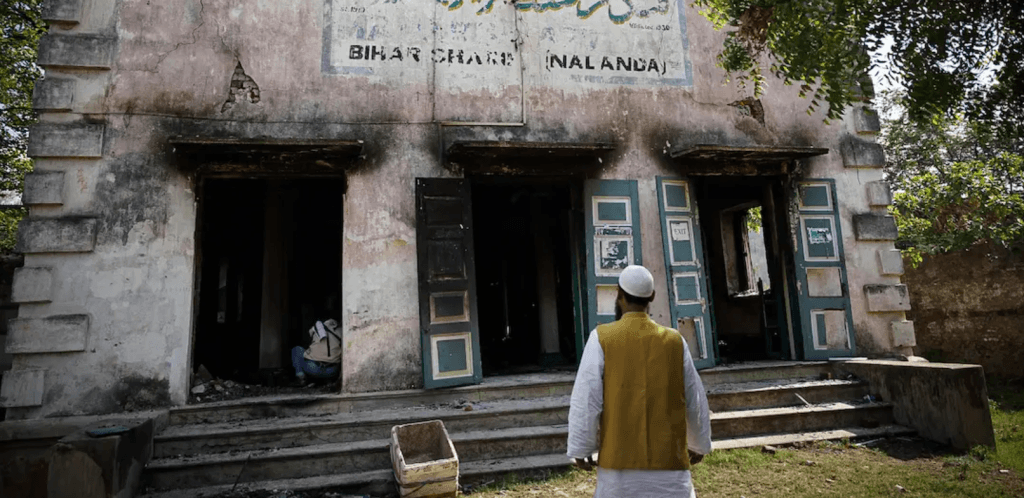
According to BJP leaders, the Ram Navami processions were not merely religious events but symbolic protests meant to underscore alleged attacks on Hindus across the border and criticise what they referred to as the TMC’s “appeasement politics.”
Several social and political observers have previously raised concerns about the communal transformation of Hindu festivals. Notable among them are works such as H-Pop by Kunal Purohit and Weaponisation of Hindu Festivals by Irfan Engineer and Neha Dabhade. Alongside these, the report titled West Bengal: Post Ram Navami Communal Riot (2016–23) by the research organisation AAMRA – Ek Sachetan Prayas, further illustrates how communal violence in India, particularly around Hindu festivals like Ram Navami, has intensified in recent years. Festivals that were once inclusive and celebratory are increasingly being turned into instruments of provocation and intimidation, especially against the Muslim community.
Drawing on these critical works, the report highlights how Hindutva forces have strategically co-opted popular culture and religious processions to incite hatred, provoke violence, and polarise society. Ram Navami processions, in particular, are now frequently marked by armed participants, abusive slogans, and incendiary music. These processions are often deliberately routed through Muslim localities to incite confrontation, which is commonly followed by state-backed repression, including arbitrary arrests and the demolition of homes.
This disturbing pattern has become especially pronounced since 2014 under the BJP regime, reflecting a broader strategy of weaponising festivals to assert majoritarian dominance. The 142-page report, released by Harsh Mander—activist and founder of Karwan-e-Mohabbat—urges urgent state intervention. It recommends banning weapons and hate speech at religious events, strict enforcement of existing laws, holding authorities accountable, and promoting interfaith harmony through cultural initiatives and Gandhian ideals to reclaim the original spirit of these festivals and safeguard communal peace.
Focusing on incidents in Asansol-Raniganj, Howrah, and Rishra, the report provides a detailed account of repeated communal flare-ups in West Bengal over the past several years, underscoring the need for urgent and sustained action.
Hindutva’s hyper-masculine makeover of Hindu icons
An analysis of the research article entitled Men in the making of nations: understanding the nexus between nation, belonging, and complicit masculinity raises concern over the rise of aggressive masculinity during Ram Navami. According to this article, Ram Navami, which used to be a celebration of devotion and virtue, has transformed into a spectacle of power and now emerged as a display of choreographed masculinity – loud, aggressive, and territorial.
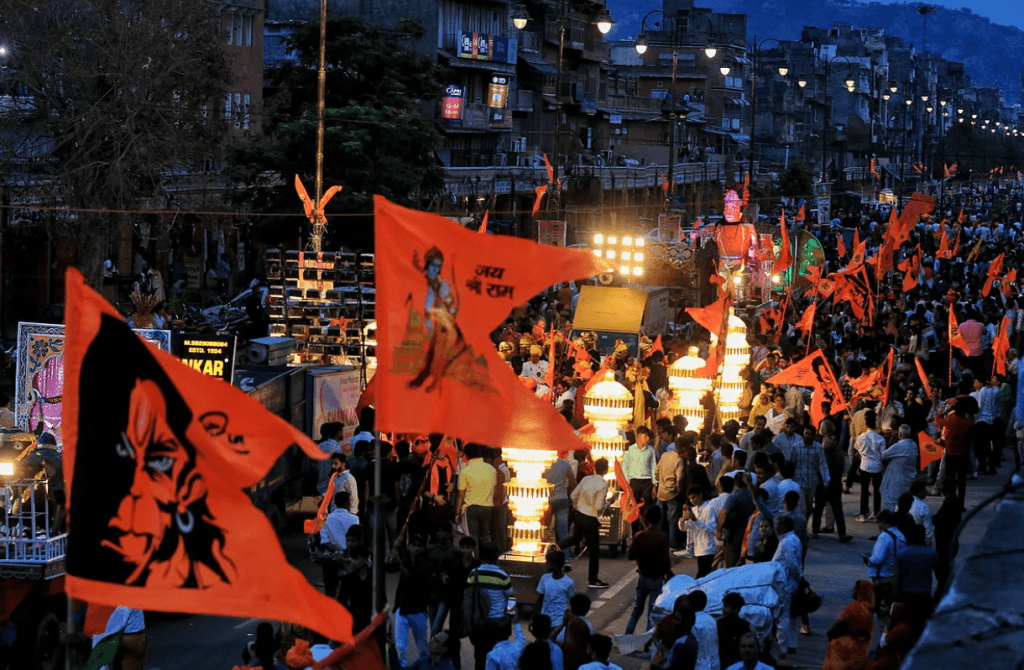
It further emphasises how under the influence of Hindutva, the figure of Ram is no longer the moral king of the Ramayana but a weaponised icon of strength and control. These processions are not organic religious gatherings; they are carefully staged performances of who dominates the street, who owns the nation’s narrative. With waving swords and aggressive slogans, the public spaces are being dominated by a particular community in the name of religion, particularly to assert Hindu male supremacy.
This hypermasculine performance is not spontaneous; it is cultivated and sustained through state support, cultural reinforcement, and societal complicity. The divine is reimagined in the body of the muscular protector, modified as a symbol of power in place of a god of virtue. Now he is being represented in a form of masculine power built to dominate, not to guide. Hanuman has been transformed from a loyal servant to an angry, muscular destroyer. These images serve not just religious sentiment but political mobilisation, presenting Hinduism as a virile, masculine force. The message is clear: to be a “true” Hindu man is to be ever-ready for battle—physical, cultural, and communal—and the country belongs to them.
Obsession with converting Muslim holy sites into Hindu shrines and Ram Navami
Like in previous years, this Ram Navami also saw incidents of communal tension in different parts of the country. One such case was reported from Prayagraj, where members of a Hindu group, Suheldeva Suraksha Samman, climbed onto the roof of the Ghazi Miyan Dargah, waved saffron flags, and shouted provocative slogans.
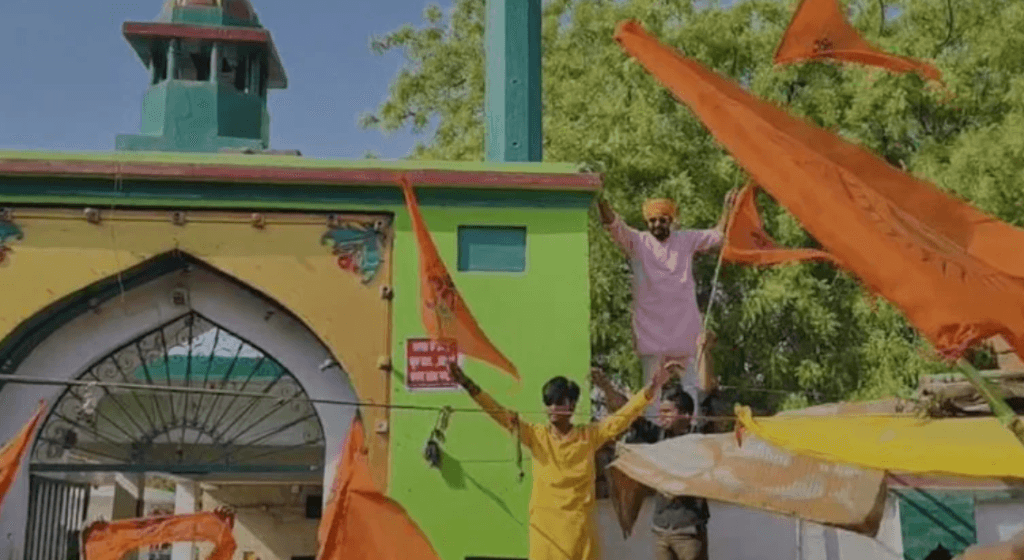
The group was led by Manendra Pratap Singh, who describes himself on social media as a student leader from Allahabad University, former state president of Karni Sena, and a BJP worker. He claimed that since Salar Masood Ghazi was an invader, there should be no dargah in Prayagraj and it should be demolished and turned into a place for Hindu worship.
Police confirmed that the group disturbed the peace at the site, which is visited by both Hindu and Muslim devotees. Legal action is being taken, and departmental action has been initiated against the police officers who failed to handle the situation properly.
In Maharashtra, an incident in Palghar district sparked brief tension after unidentified individuals allegedly threw eggs at participants of a Ram Navami motorcycle rally.
In Rawatpur of Kanpur district, tensions rose between the police and Hindu organisations over the removal of loudspeakers.
In Patna, authorities imposed a ban on the use of DJ systems during Ram Navami, leading to the seizure of 26 DJ setups.
These measures were taken to prevent the playing of provocative songs and activities, as similar issues have been reported during Ram Navami celebrations in recent years.
Turning women into symbols for promoting communal hatred
During the Ram Navami procession in Santa Cruz, Mumbai, threatening slogans and songs laced with communal slurs were openly played. A video shared by journalist Kunal Purohit documented this disturbing trend.
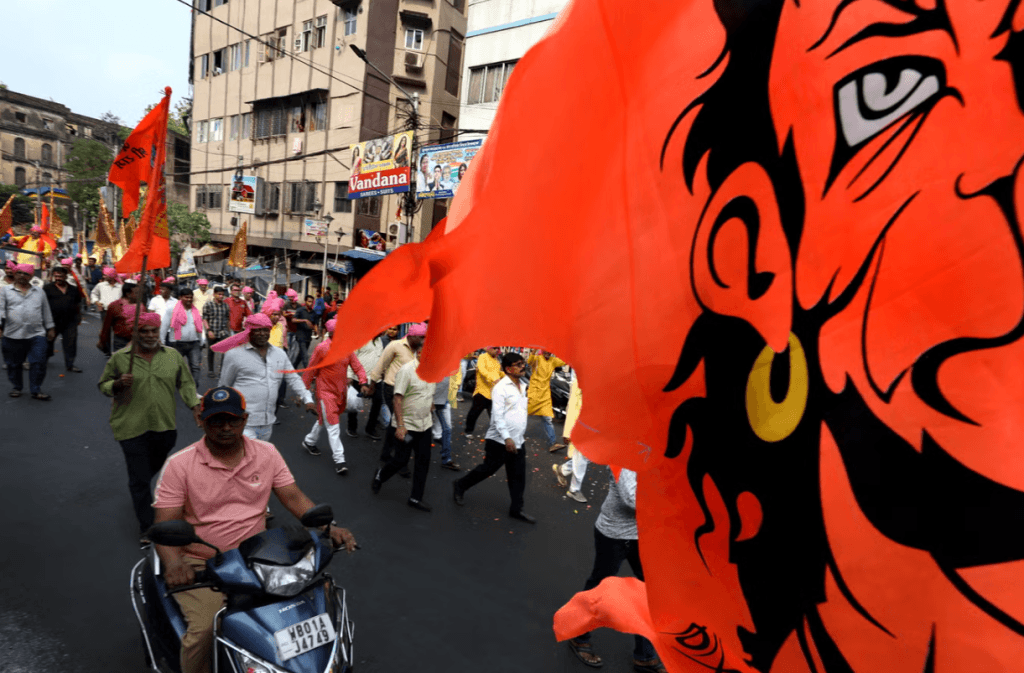
Playing vulgar, misogynistic songs during religious processions has become disturbingly common. The objectification of women is so deeply ingrained in our society that even events labelled as ‘sacred,’ are not spared. In these processions, such songs are played openly, and the crowd often engages in public harassment and eve-teasing. The recent incident in Mumbai is a stark reminder of this reality; it clearly shows how the burden of a community’s so-called ‘honour,’ is unfairly placed on women. Harassing women becomes one of the most insidious tools to psychologically destabilise and humiliate an entire community.
The people in the procession shouted insulting slogans about Mughal ruler Aurangzeb and played vulgar songs, some of which openly threatened violent attacks on Muslims.
Kunal Purohit highlighted, “Every few minutes, a guy would come on and galvanise the crowds with slogans like “Jisko chahiye Afzal Khan, usko bhejo Pakistan (Whoever wants Afzal Khan should be sent to Pakistan),” Aurangzeb ki qabar khudegi, Ma Ch*degi, Ma Ch*degi (Aurangzeb’s grave will be dug up,” followed by repeated vulgar abuses referring to sexual violence against one’s mother).”
He further added, “The police were present all along. But in the hours I spent, I saw no effort to restrain (the rowdies), These songs are so widely known that most sang along, dancing to the exact beats. The tempo went up each time a song had explicit targeting of Muslims.”
These processions, which are supposed to be religious events, are increasingly being used to spread hate and target women. The open use of vulgar, abusive songs and public harassment shows how women are deliberately made targets to insult and intimidate entire communities. When threats of sexual violence are shouted without fear and the crowd joins in, it’s clear that women are not just being harassed; they are being used as tools in a larger game of hate and power.
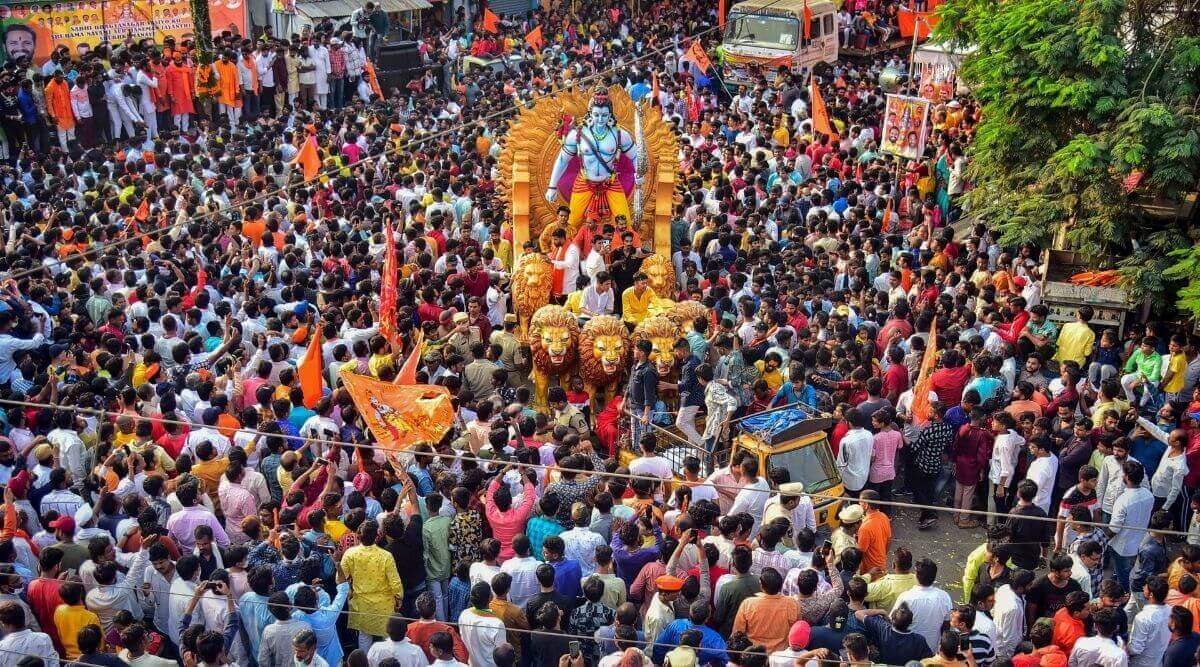


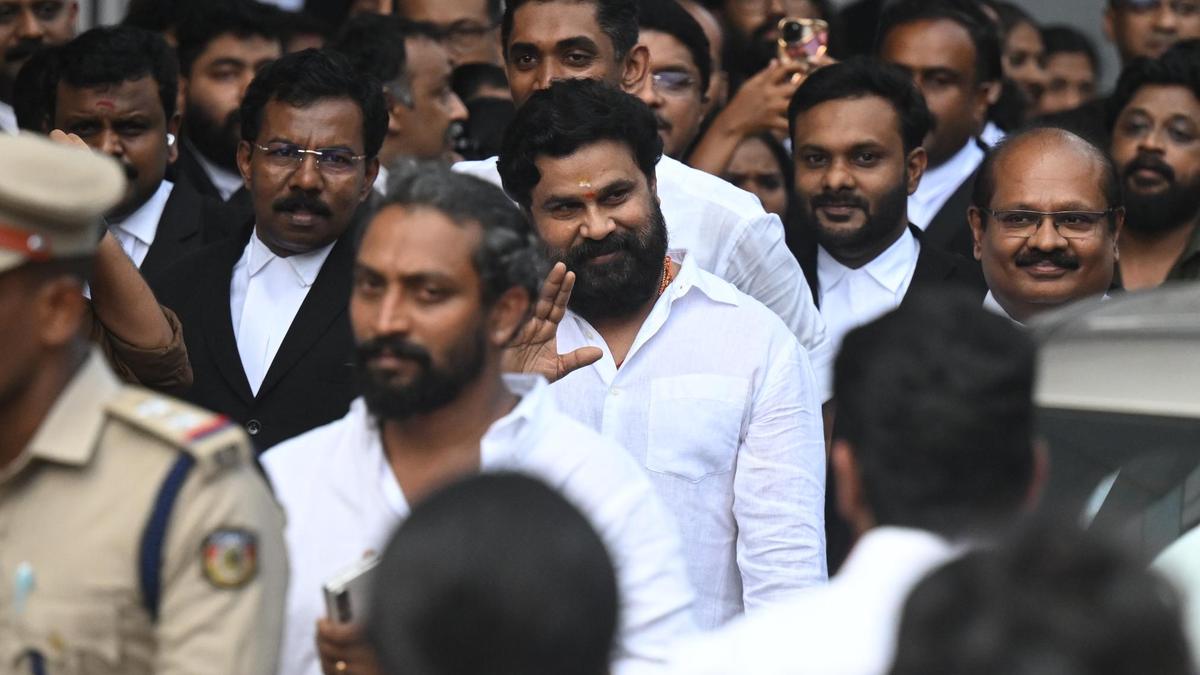
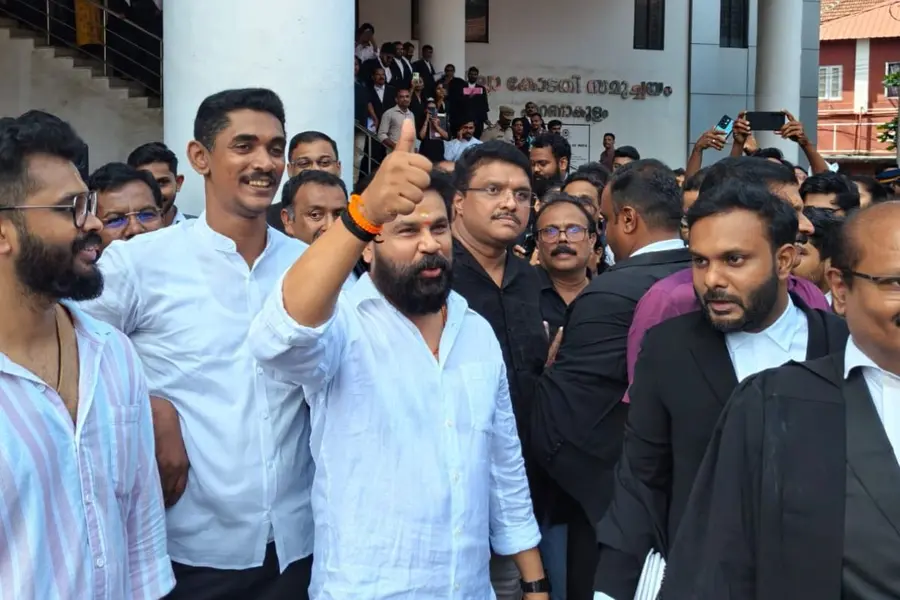


Are you referring to the numerous incidents of stone pelting in multiple cities over multiple years during multiple Hindu festivals such as Ram Navami, Hanuman Jayanti, Durga Puja, Ganesh Chaturthi when you say “hyper masculinity”.. Or the recent case of bullying during Gudi Padwa in Malad or the case of attack on women and children (so much for “feminism”) during Ram mandir inauguration celebration in Mira Road or the objection to Diwali celebration at Taloja? Or did you mean “sar tan se juda” sloganeering and ensuing execution of that in case of Kamlesh Tiwari, Kanhaiyalal darzi, Umesh Kolhe and others? Or whether it refers to attack on police in Ahmedabad during CAA protest or the recent attack on Hindu properties in Nagpur over a rumour or the rioting in Bengaluru over FB post.. What exactly do you mean by “hyper masculinity”
The left is great at spreading their propaganda. They want an absolute stranglehold on the narrative that people consume. Don’t expect common sense from them. Make a point to spread awareness among people so that they learn to identify and avoid such propaganda pieces.